When financial institutions reported over $485 billion in fraud losses in 2023, the message became clear– it was time to rethink the future of technology in industry practices.
Artificial Intelligence (AI) systems let machines do the thinking: from spotting patterns, learning from data, and making decisions– often times faster and more accurately than humans ever could. Frameworks following these principles could be applied in virtually every industry: from banking and compliance to healthcare and entertainment, the future of AI is everywhere.
With AI expected to grow from $189 billion in 2023 to $4.8 trillion by 2033, the question that C-Suite members are no longer asking if AI matters– but just how much it matters.
Table of Contents:
Customer Experience
Ensuring the best experience for the customers, via the latest ai applications, is among the utmost priorities of every business. With various challenges hindering this opportunity in the past, AI has broken the shackles allowing businesses to offer the most commendable customer experience while maintaining brand value and customer loyalty.
Why customer experience is crucial to businesses
Quality customer experience is not a luxury– it is a necessity that drives them to stay, spend and market your brand.
However, customer service is experiencing rising service costs, slow response time, and inconsistent CX. The consequence? Dissatisified customers, slower service and lost revenue opportunities– responsibilities that will lie on executives’ shoulders.
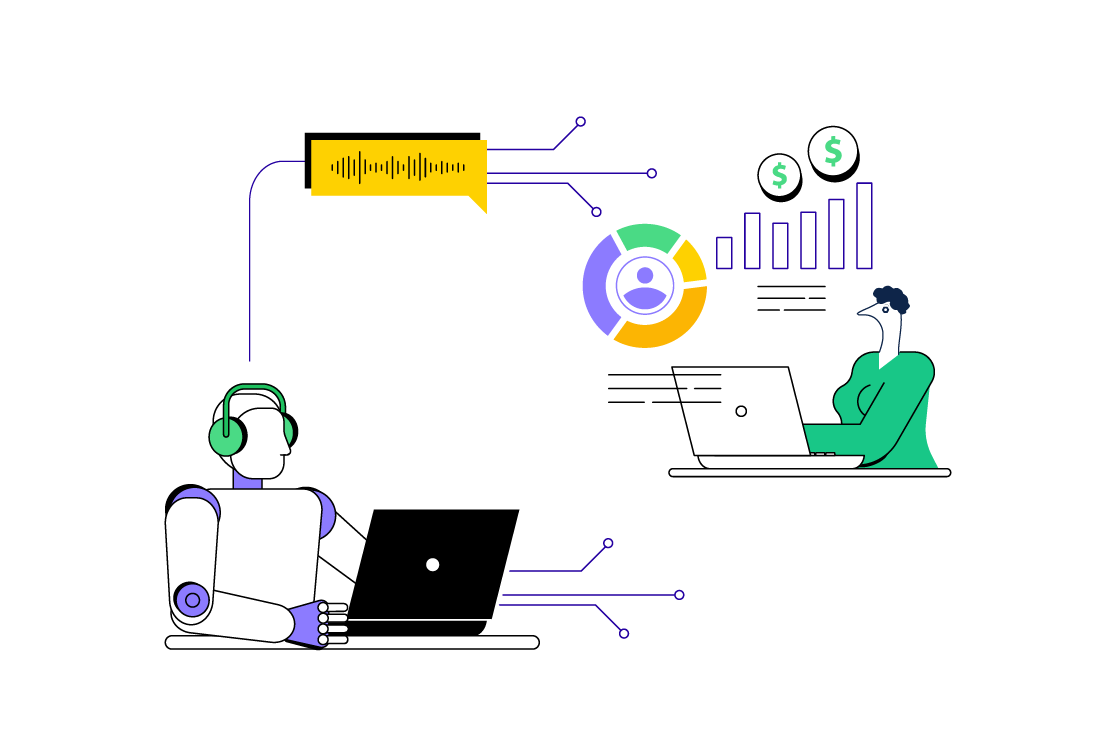
AI customer service with Vodafone
Operating in more than 20 countries and having a market capitalization of $26.5 billion, Vodafone faced growing ticket volumes and agent fatigue on top of disgruntled customers– executive members knew something needed to be done.
Today, Vodafone uses AI-driven chatbots using Large Language Models (LLMs) and virtual assistants to handle Tier-1 inquiries, greatly decreasing call centre traffic, relieving labour of stress and enhancing response times.
Results of AI-powered customer services
Similar strategies have been employed elsewhere, and the results are astounding with a 30% decrease in support costs and a 25% increase in Customer Satisfaction Score (CSAT). For CXOs? These figures translate into scalable businesses at lower cost, without compromising on quality.
Management can use data collected from AI-human interactions to make business-centric decisions using predictive analysis focused on improving customer experience.
Finance Industry
In the past, the finance sector had been struggling to enhance their overall functioning and switch from their traditional means. However, AI-based fintech solutions introduced various ways & strategies that facilitated the finance industry to boost their functioning and give customers assurance & security.
Flaws of traditional fraud-detection
Financial institutions aren’t just fighting fraud– they’re up against cybercriminals who adapt faster than traditional systems can keep up. The stakes? Lost revenue, shaken customer trust, and reputational damage– that’s hard to undo.
That’s where AI steps in. According to McKinsey, AI-powered fraud detection has helped reduce false positives by 70% and speed up detection by 90%. With real-time monitoring and intelligent pattern recognition, these systems don’t just catch fraud– they give customers peace of mind and help leadership sleep a little easier.

How AmEx used AI fraud detection models
These traditional fraud detection systems, though functional, are costly and often struggle to cope with the evolving threats posed by cybercriminals. American Express implemented real-time AI applications and models to analyze billions of daily transactions, allowing them to detect and block fraudulent activity before it impacts customers.
Benefits to C-Suite with stronger fraud detection
Using predictive and prescriptive analysis, this approach has helped reduce fraud losses by 35%– a direct boost to the bottom line. More importantly, it strengthened customer trust and kept compliance teams happy, giving CXOs peace of mind that their operations are secure, scalable, and future-ready.
Some important questions arise from these developments to C-Suite. If your fraud prevention team needed to cut losses by 35%– could they do so without AI? If not, what steps are to be taken to integrate the AI?
Business Intelligence
AI-powered business intelligence turns messy enterprise data into business strategic gold– analysing patterns, trends, and next steps executives can act on.
Tools powered by AI automate processes generate more impactful visual displays enabling companies to make quicker and better-informed choices. They are capable of customizing visualizations according to user preferences and incorporating natural language processing (NLPs) for more seamless interaction.
Healthcare
The healthcare industry has always been dependent on technology, to a greater extent. Better technology meant catering of better healthcare facilities and services to the people. Implementation of various AI applications has shifted that facility to a whole new level, allowing healthcare service providers the option to ensure better diagnostics & excellent treatment.
C-Suite relevance of diagnostics and R&D
Diagnostics and R&D facilitate early detection of diseases, precise treatment planning, and innovation of new therapies. With AI, doctors can diagnose faster, pharma firms can develop drugs cheaper, and patients can access better care sooner.
While R&D is progressing at a rapid rate, the high research costs and long time periods that it takes for these projects to complete can compromise profits and possibly prevent reinvestment in projects with innovative potential.
Healthcare leaders can integrate AI into diagnostics to improve speed and accuracy while reducing operational costs. They must reassess R&D workflows– explore AI to boost pipeline profitability.
How DeepMind revolutionized AI in medical imaging
Major pharmaceutical companies, such as DeepMind (AlphaFold), have developed in-house systems that process molecular data through diffusion-based models. The output helps scientists understand molecular interactions and structures, which can significantly speed up the development processes.
Medical imaging of radionomics data has also made it easier for medical professionals to diagnose and treat diseases with greater accuracy.
Prescriptive analysis using AI
Advance AI applications and models using prescriptive analysis has already transformed the healthcare industry, resulting in an 11% decrease in diagnostic error and 3–4-year decrease in development time has improved outcomes and accelerated time-to-market.
Recommended Reading:
Education
As of 2022, the education industry is $6 trillion and is expected to reach $8 trillion by 2030. The industry encompasses educational institutes having to cater to a variety of students, each with different learning needs.
Limitations in the education industry
Education is instrumental for the development of society and is crucial stepping stones for career development. Every student learns differently– and no teacher can tailor lessons to 30 minds at once. That’s where AI steps in.
Duolingo supporting adaptive learning
Every student learns differently– and that’s exactly what Duolingo’s adaptive learning algorithm is built to support. By using AI applications to track progress, spot strengths and gaps, and adjust lesson difficulty in real time, it creates a learning journey that truly fits the individual.
Behind the scenes, machine learning pipelines continuously adapt to each learner’s pace and performance, helping them stay challenged without feeling overwhelmed. It’s smart, supportive, and a glimpse into how AI is redefining education.
General benefits of AI algorithms in education
The benefits of these techniques have already been observed with an average 30% increase in retention that is significantly boosting student engagement and learning outcomes. Aside from fostering a more positive and productive education environment, AI-powered adaptive learning models are relieving teachers of stress to deliver general content.
With models like Duolingo taking care of the general content, teachers are able to focus on targeted interventions.
C-Suite benefits of using AI in education
Decision makers at education institutes will significantly benefit from corporate L&D and talent development strategy with the gradual integration of these AI algorithms. The data-driven insights provided by AI algorithms can analyze student performance data to identify areas of strength and weakness, allowing for more targeted allocation of resources.
Why CXOs Must Act Now
AI won’t replace companies– but competitors who use it smarter may pose threats. It has become clearer to CXO decision makers that AI is no longer an optional tool, and it will hold a permanent space in every industry.
Stepping stones for AI applicaiton integration
It is imperative for industry leaders to build a scalable AI roadmap for their products and services.
C-Suite executives must set out to identify gaps in performance or revenue that can be addressed by AI. Once attainable targets have been set, management should seek to invest in quality data infrastructure and partner with reliable firms to create governance for ethical, compliant AI use.
The smartest industry leaders are already deploying AI in their business– are you?












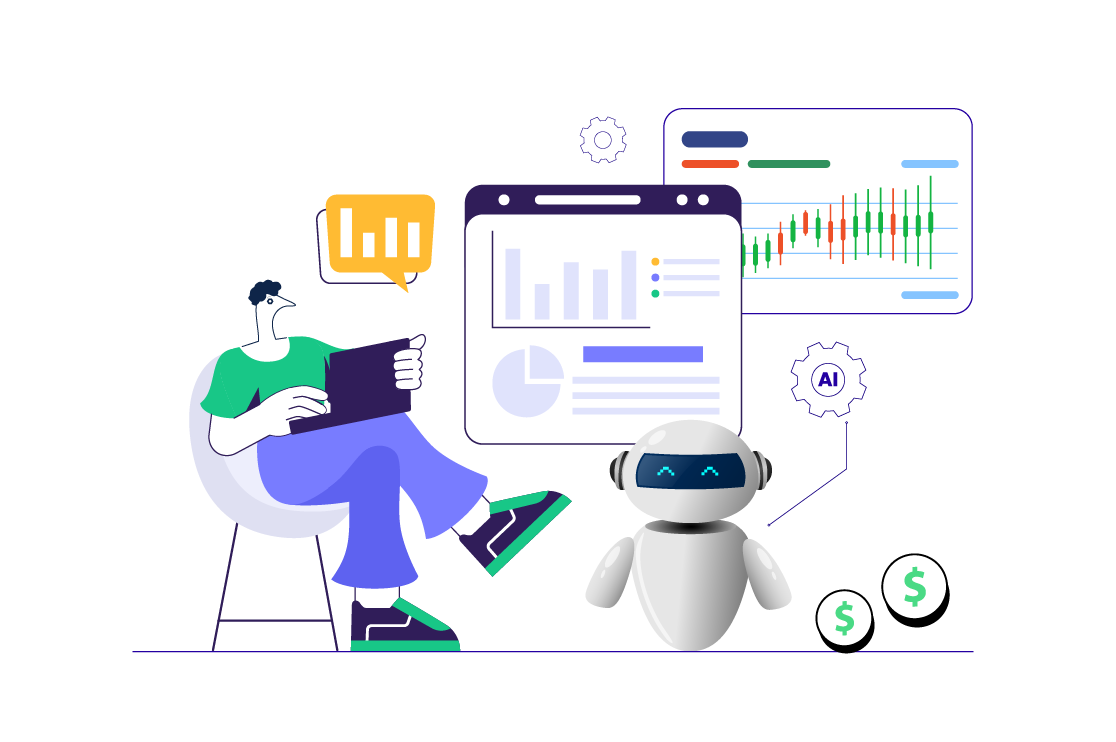
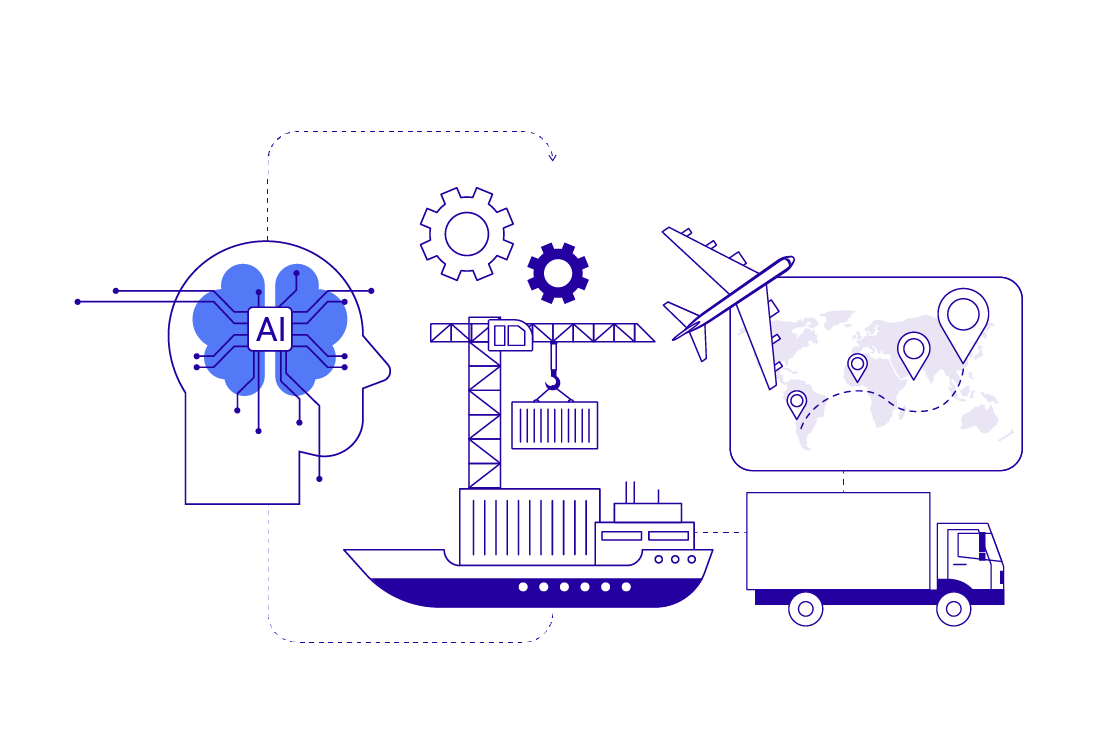 AI for Supply Chain Resilience & Optimization: Strategies for 2025 and Beyond
AI for Supply Chain Resilience & Optimization: Strategies for 2025 and Beyond 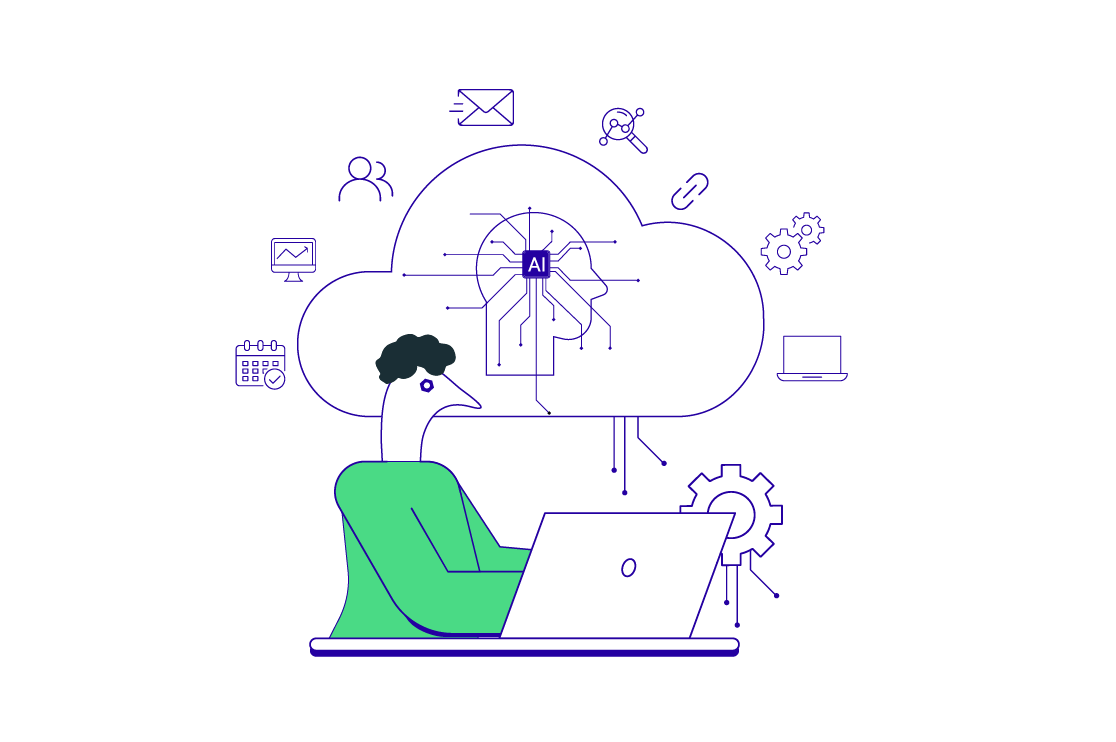 Generative AI in SAAS Products: How It is Drives Innovation, Personalization, & Businesses Strategy
Generative AI in SAAS Products: How It is Drives Innovation, Personalization, & Businesses Strategy 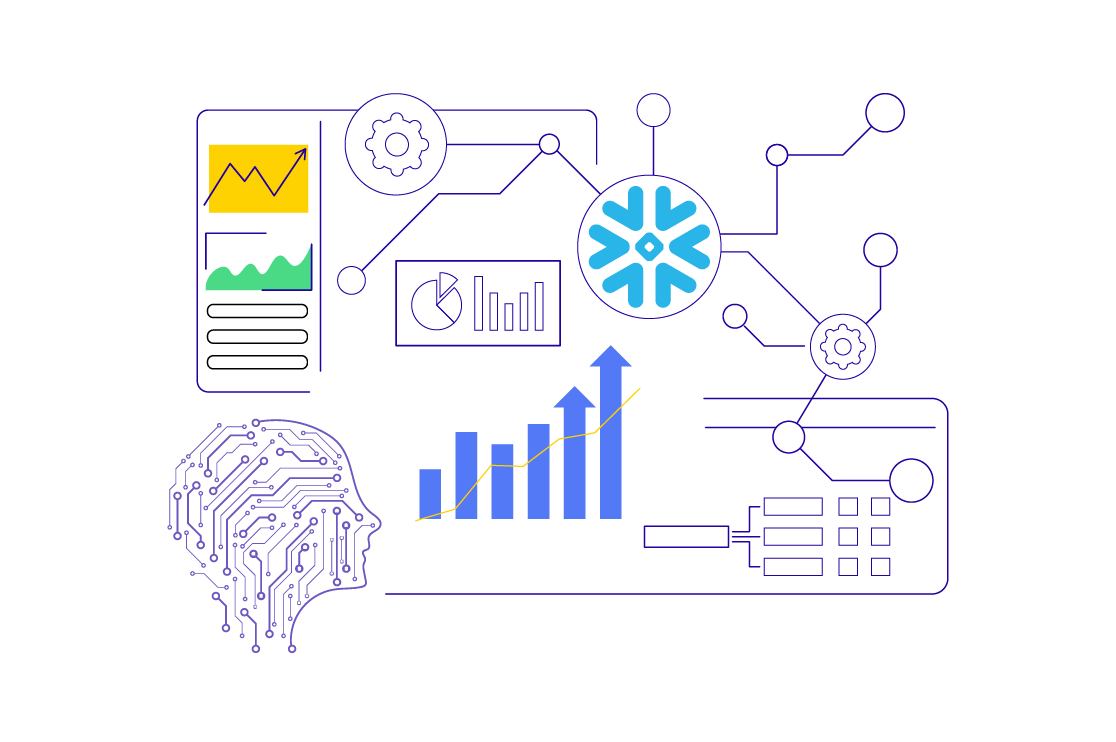 Snowflake AI Strategy: Bringing A New Dawn of Intelligence Enterprises
Snowflake AI Strategy: Bringing A New Dawn of Intelligence Enterprises 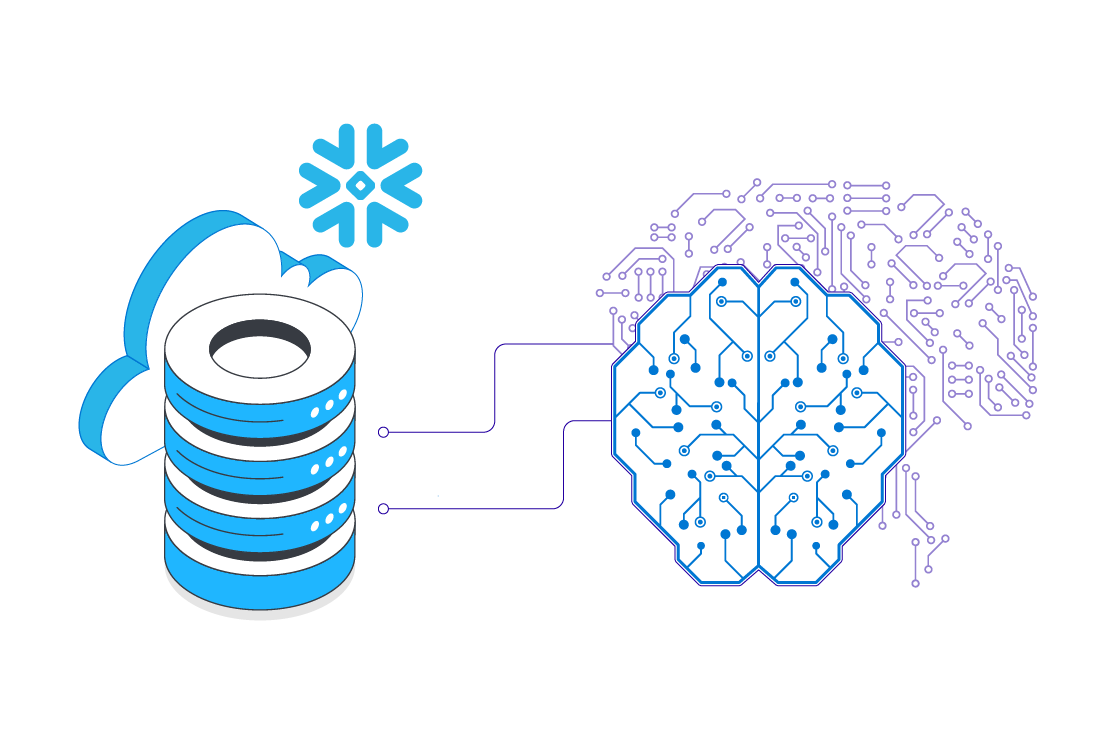 Snowflake Cortex AI: How Enterprises Can Scale AI Workflows with Confidence
Snowflake Cortex AI: How Enterprises Can Scale AI Workflows with Confidence 
